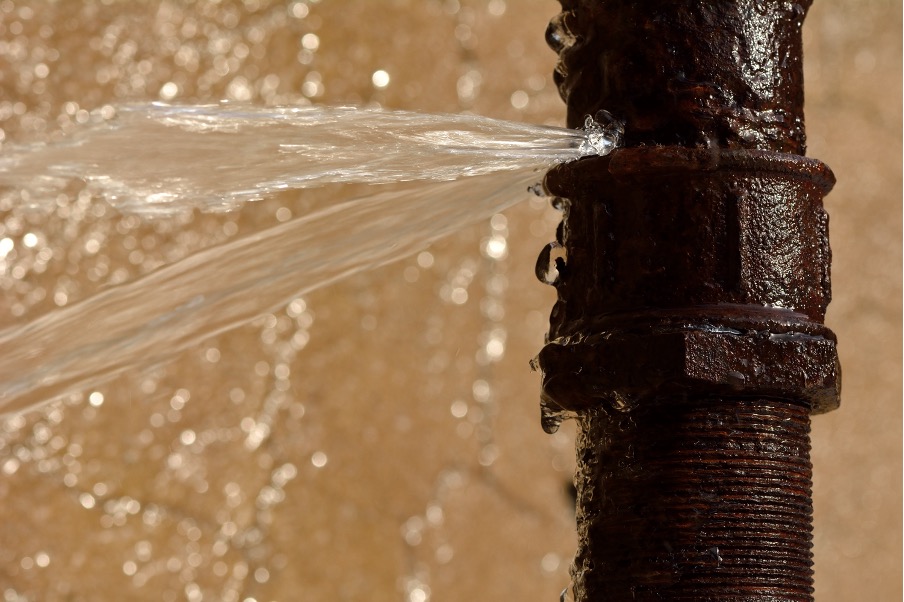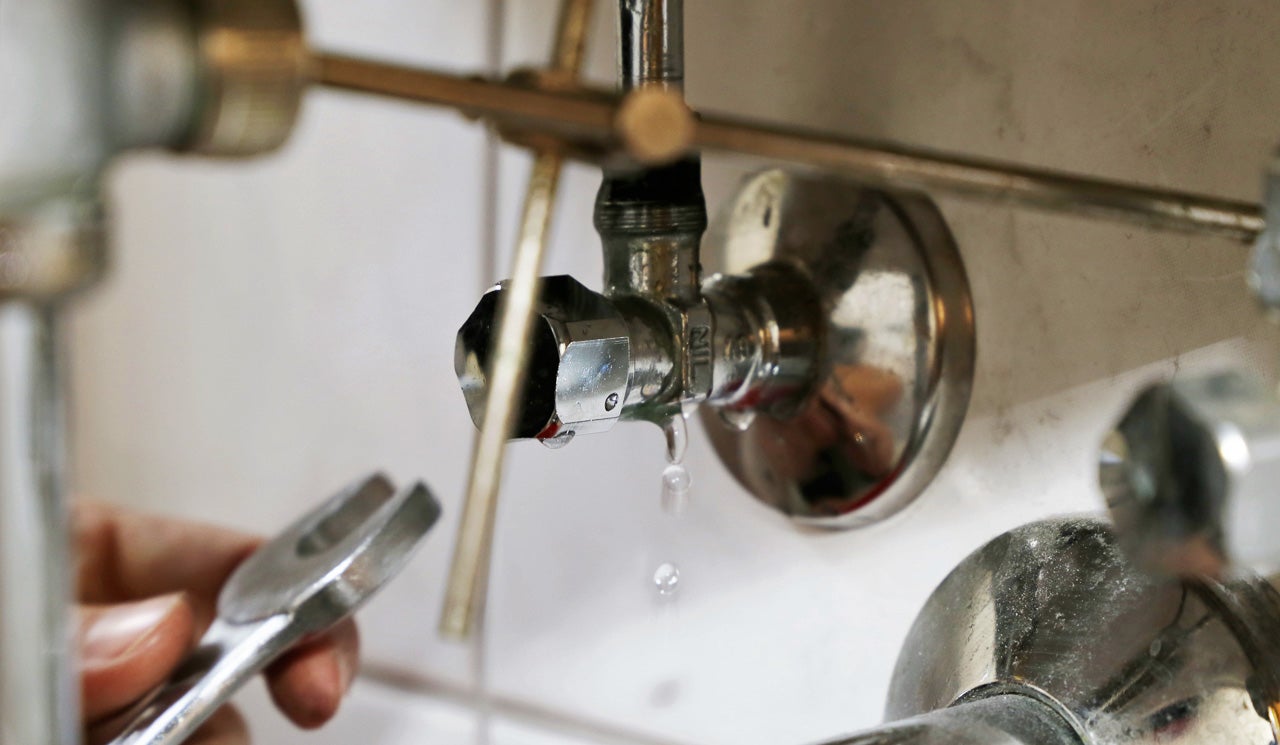Just how do you really feel in relation to Finding hidden leaks?

Early detection of dripping water lines can mitigate a potential calamity. Some tiny water leaks may not be visible.
1. Analyze the Water Meter
Every residence has a water meter. Examining it is a surefire way that aids you discover leaks. For starters, shut off all the water sources. Make sure nobody will purge, use the faucet, shower, run the cleaning maker or dishwashing machine. From there, most likely to the meter and also watch if it will change. Because nobody is using it, there need to be no movements. That indicates a fast-moving leak if it moves. Similarly, if you spot no changes, wait an hour or more and check back once more. This implies you may have a sluggish leakage that could also be below ground.
2. Inspect Water Intake
Analyze your water costs and track your water usage. As the one paying it, you need to notice if there are any kind of discrepancies. If you identify sudden changes, in spite of your consumption being the same, it suggests that you have leakages in your plumbing system. Keep in mind, your water costs must fall under the same array each month. A sudden spike in your costs shows a fast-moving leakage.
A stable boost every month, even with the very same routines, reveals you have a slow leakage that's additionally gradually intensifying. Call a plumber to completely examine your property, specifically if you feel a warm location on your flooring with piping below.
3. Do a Food Coloring Test
When it comes to water usage, 30% comes from toilets. If the color somehow infiltrates your bowl during that time without flushing, there's a leakage in between the tank as well as bowl.
4. Asses Outside Lines
Don't fail to remember to examine your outdoor water lines as well. Examination spigots by connecting a yard pipe. Must water leak out of the link, you have a loose rubber gasket. Change this and guarantee all connections are tight. It will certainly assist obtain it expertly took a look at and kept annually if you've got a lawn sprinkler system. One little leakage can throw away lots of water as well as surge your water costs.
5. Examine and also Examine the Scenario
Home owners must make it a routine to inspect under the sink counters as well as even inside cabinets for any kind of bad odor or mold and mildew growth. These two warnings suggest a leak so timely attention is called for. Doing routine evaluations, also bi-annually, can save you from a major issue.
Check for discolorations and weakening as most pipes and devices have a life span. If you think leaking water lines in your plumbing system, do not wait for it to intensify.
Early detection of dripping water lines can mitigate a possible calamity. Some small water leakages may not be noticeable. Checking it is a proven means that helps you uncover leaks. One little leak can lose lots of water and also spike your water costs.
If you suspect leaking water lines in your plumbing system, do not wait for it to rise.
How to Know If Your Home Has a Hidden Leak
Water Meter Reveals Inexplicable Water Usage
If you’d like to test whether or not there’s a leak somewhere in your home, you can do this using your water meter. Here is how to conduct the test:
Don’t use any water in your home for at least 30 minutes; this also means not turning on faucets or water-using appliances.
Go outside, and check your water meter for activity.
If your water meter shows that there was activity, even though no one was using any water, this proves that there is a leak in your home.Visible Mold or Mildew Growth
Leaks behind walls create moist, dark environments that allow mold and mildew to grow and thrive. Eventually, you might see mold growth forming on the wall closest to a hidden leak.
If mold is growing in an area that receives a high amount of moisture, such as a bathroom, it may simply be an indication that better ventilation is needed. However, if you see mold growth on a wall or the ceiling in an area where you would not expect, you probably have a hidden leak.
Musty, Mildew Odor
Sometimes you might not be able to see the mold or mildew that is growing as a result of a leak. However, the smell can give the problem away just as easily. If you catch a whiff of something musty, there’s a good chance that old water is collecting somewhere in your home that you can’t see.
Stained/Warped Walls, Ceilings, or Floors
When your home soaks up water, a variety of red flags can become visible, including ceiling stains, bubbling drywall, warped walls, and sagging floors. While these issues can be caused by excess humidity, they can also be signs that a pipe or plumbing connection has started leaking behind your walls.
Inexplicably High Water Bill
After a while, you get a general sense for what your water bill should be. If you own a pool or sprinkler system, your bill will tend to be higher during summer. However, if you receive a water bill that seems especially high, and you can’t figure out what caused it, then you may have a hidden leak somewhere that’s increasing your bill.
https://www.plumbingjoint.com/blog/2019/july/how-to-know-if-your-home-has-a-hidden-leak/

I was shown that editorial about Hacks to detect leaks through an associate on another blog. Are you aware of someone else who is serious about Finding hidden leaks? Feel free to share it. I treasure reading our article about Finding hidden leaks.